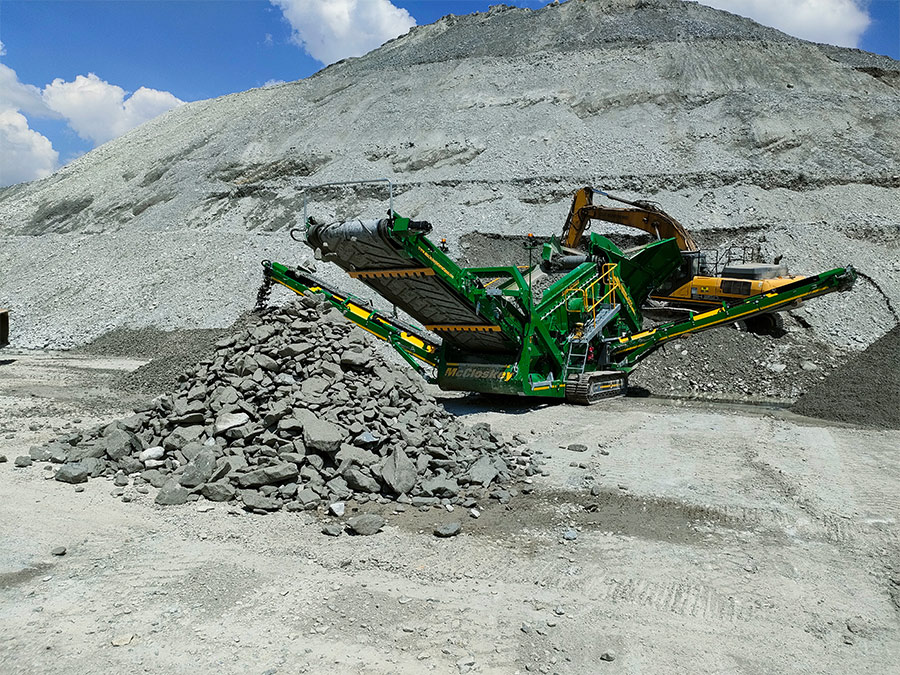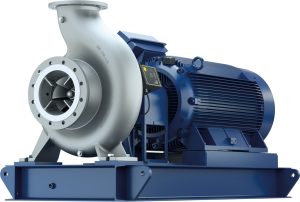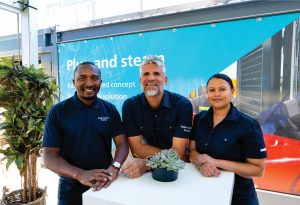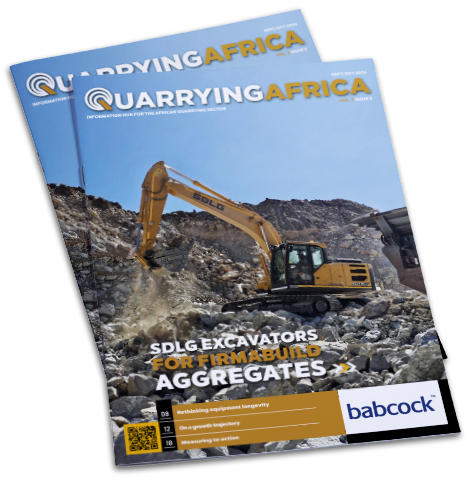The operating cost structures for mining contractors have increased significantly over the past few years, putting pressure on margins. To run profitable operations in the face of such a tough operating environment, contractors need always to crunch the numbers. One area where this is particularly important is the cost per tonne of material produced.
With that in mind, Franco Le Roux Mining does not leave anything to chance when it comes to the procurement of its equipment. As Slabbert puts it, “the rand per tonne of material produced is the difference between success and stagnation” in the contract mining environment. This approach was key to the company’s decision to purchase two McCloskey scalpers, which, according to Slabbert, have performed beyond expectations.
Before committing to the deal, the company carried out its due diligence. “We were in the market for a scalping screen, and when Kemach Equipment approached us, we spoke to a number of other contractors already running McCloskey scalpers. The feedback from all of them was positive, and we went ahead and purchased our first R230 scalping screen, and never looked back. A few months later, we decided to purchase a second machine, the slightly smaller R155, and we are happy with our decision.”
For Slabbert, it is important for companies to be willing to test new products in the market. While the McCloskey brand is not necessarily new in South Africa, Slabbert believes it is still finding its rightful place in the market. “I understand the need for brand loyalty, but I believe that in the quest for greater operational efficiency, companies should be willing to test new offerings. We were bold enough to try out the McCloskey scalpers and our willingness to try new products has paid off,” he says.
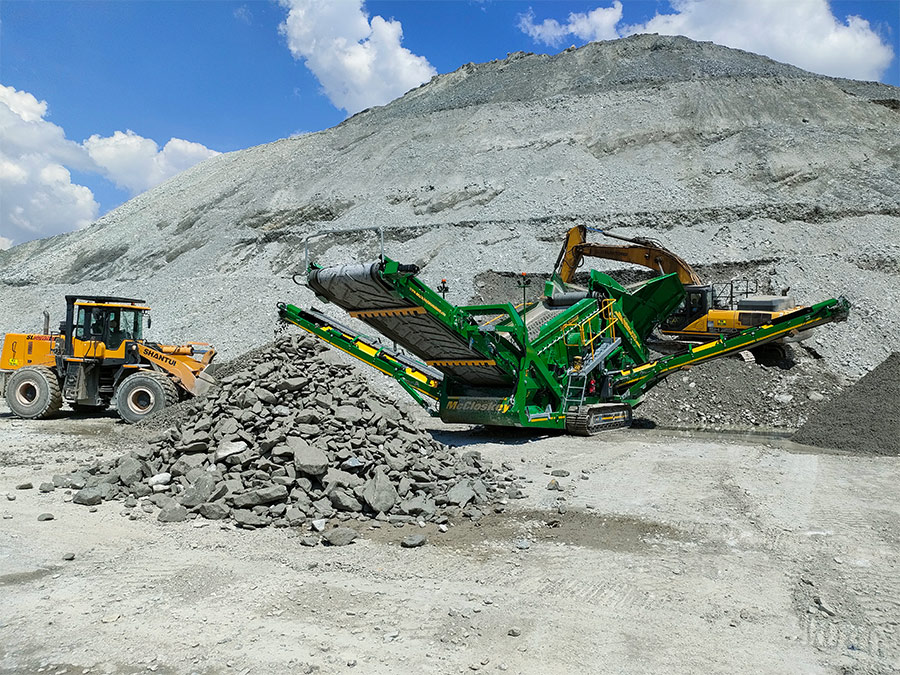
Ticking the right boxes
Initially, Franco Le Roux Mining deployed both its R155 and R230 in a gold dump reprocessing application in the Krugersdorp area of the North West Province. However, the R230 has since been moved to process coal in Mpumalanga.
From the onset, the screens ticked all the right boxes, from productivity to cost-efficiency. In the gold dump processing application, the machines once proved their capabilities by processing about 20 000 t of head feed in a 24-hour cycle.
“On the rock dump that we are processing now, we had to deliver 10 000 t of -30 mm product in a 24-hour cycle, which means we had to head feed the machines between 18 000 and 20 000 t of material. The machines punched well above their capacity and delivered the required material within the prescribed period. We were highly impressed by this feat,” he says.
Apart from production, Slabbert is impressed by the cost-efficiency of the McCloskey screens. “The machines are cost-effective to run. To provide context, the R155 consumes about 16 litres of diesel per hour, which is key to reducing our rand per tonne of material produced,” he says.
In addition, Slabbert is happy with the cost of maintenance. “Both the cost of the parts and Kemach Equipment’s services are cost-effective, which is good news for a low-margin operating environment such as contracting crushing and screening,” adds Slabbert.
Machine reliability, says Slabbert, is a key consideration in the contracting fraternity. Given the importance of uptime in the mining environment, the implications of equipment failure have become ever more critical. An unplanned failure can result in significantly higher repair costs than a planned maintenance or repair. Of even more importance is the loss of production associated with unplanned equipment failures. One method to mitigate the impact of failures is to ensure the reliability of the equipment.
“One thing about the McCloskey products is that they don’t easily break; they are durable and reliable machines. In more than a year, we have never had any serious issues with the machines. This is complemented by Kemach Equipment’s hands-on service support,” says Slabbert.
“As an example, we rented out our R230 in a coal application and in the past six months I have only visited the site once. Every time Kemach Equipment goes to service the machine, they give us detailed reports, which gives us peace of mind knowing that the machines are in a good running state. Owing to this high level of reliability and performance, we have earned a second job from the same client, and we will definitely consider adding another McCloskey machine,” he adds.
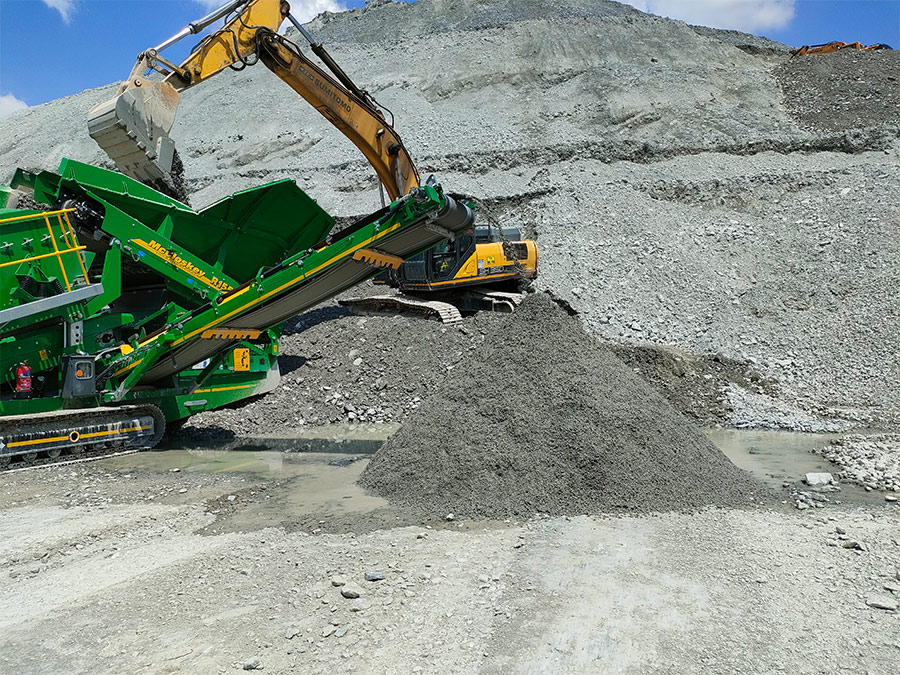
Versatile machines
The larger McCloskey R230 weighs in at 37 000 kg and is capable of operating as a stand-alone screen, producing finished product or serving as a primary scalping component for large portable crushing units.
“The screen’s heavy-duty high energy screen box at 6,1 m x 1,83 m provides a high screening capacity and can be raised at the lower end for easy bottom deck access,” explains Bradley Karolus, sales specialist at Kemach Equipment.
A significantly longer and wider direct feed Hardox-lined hopper provides a large loading area, while a wide-feed opening allows for the free flow of material and high-volume capacity. The R230’s optimal chute design is said to minimise potential material spillage and blockages.
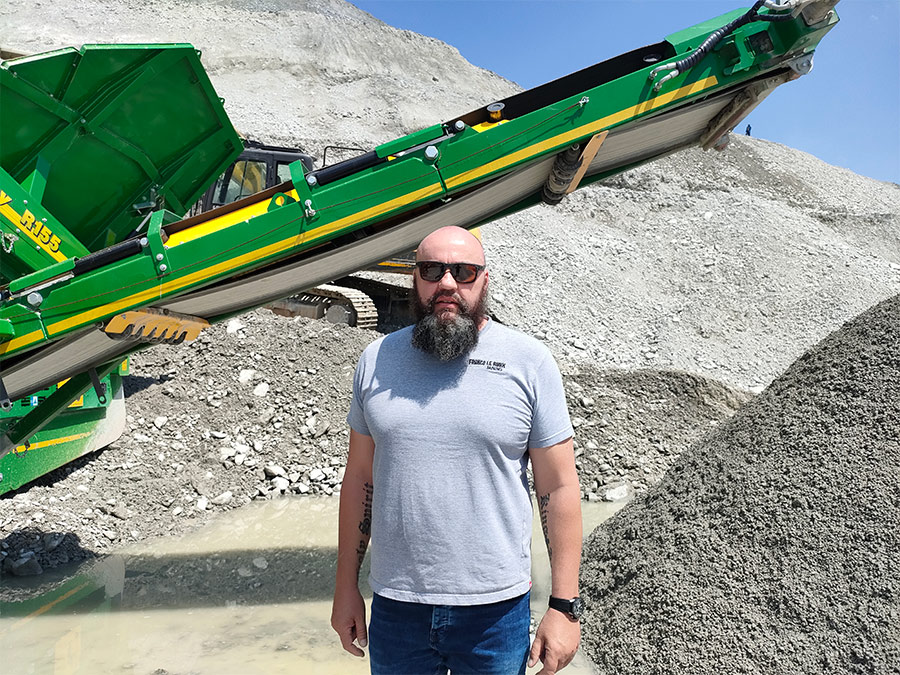
The R155 scalping screen has proven to be extremely efficient across a wide range of applications. With a screening area of 4 880 mm x 1 525 mm across the high energy screenbox, the R155 is said to be the largest in its class, and has impressed operators across applications, working with difficult materials such as heavy rock, sticky clay and fines, as well as boulder clay.
According to Karolus, McCloskey has one of the most versatile ranges of scalping screens on the market. For example, the feeding arrangement of the machines can swing between an apron and a belt feeder, whereas most other OEM offerings provide only one of the two.
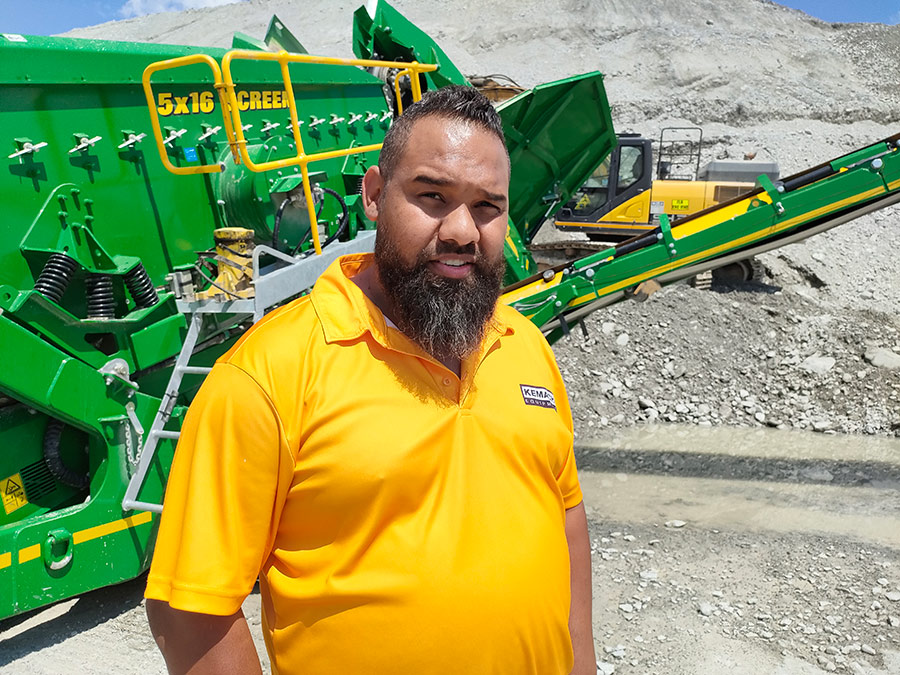
“We offer both options – apron and belt feeder – to suit different customer needs. We understand that customers require different feeder arrangements for different applications. We have taken a deliberate approach to offer unparalleled flexibility in many areas of our offering,” says Karolus.
However, Karolus believes that the belt feeder is proving to be the most popular feeding option, mainly because it is cheaper to maintain. To provide context, it costs around R400 000 to replace an apron feeder, whereas a belt feeder comes at about R60 000.
“We initially ran our R230 with an apron feeder, but we have since changed to a belt feeder on the R155, which is working well for us in our application,” says Slabbert. “When the material is dry, we produce anything between 250 and 350 tonnes per hour. In future, we will stick to the belt feeder, which we have found to be a smoother operator.”
Another feature of note is that the top deck of the scalper is interchangeable; it can be configured with grizzly, mesh or punch plate. McCloskey is said to be one of just a few manufacturers in the market that offers such a versatile scalper.
“The ability to change the machine’s conveyors to either side of the machine is another key feature that speaks to the machine’s versatility. Being able to configure the fines and mid-size conveyors in either direction means that one can change their discharge points with ease. This ensures that the wheel loader, which burns the most fuel on site, is not riding too far to feed the machine,” concludes Karolus.
